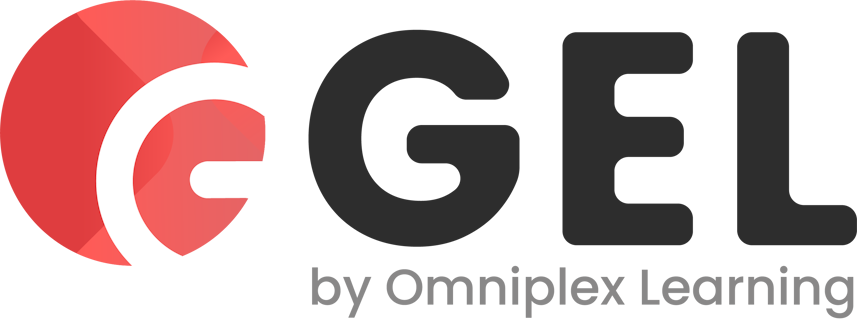Introduction
In present times, a key competitive strategy for businesses is the continuous investigation of new technologies, techniques, and materials that will enable them to introduce new products or services. However, these products and services usually tend to be complex. Therefore, mastering their development, their adaptation for end-users and their successful management, has become one of the key elements of a modern enterprise’s competitive advantage. This is just one of the many reasons why business process management (BPM) is becoming increasingly important.
BPM is a disciplined approach for identifying, designing, executing, documenting, monitoring, controlling, and measuring automated and non-automated business processes, in order to achieve consistent and targeted results that are compatible with organization’s strategic goals. Compared to the traditional management approaches (i.e. functionally-focused and hierarchical), BPM allows organizations to become more efficient, more effective, and more capable of change. However, achieving a successful BPM is challenging, and depends largely on transparent and constantly improving business processes.
So, an important part in BPM is business process modeling, an engineering technique, concerned with the representation of organizational processes, so that current processes may be analyzed and improved in the future. In addition, business process modeling is not only a requirement for many ISO 9000 quality programs, but also plays an important role in the implementation of work-flow management and enterprise resource planning (ERP) systems.

In order to be understood and interoperable, business process modeling has to be based on standardized notations that are usually symbol-based or graphical. Currently, there are two ISO standardized graphical notations for business process modeling: (1) UML – Unified Modeling Language (ISO/IEC 19501:2005) and (2) BPMN – Business Process Model and Notation (ISO/IEC 19510:2013). The focal difference between the two is that UML is object-oriented, whilst BPMN takes a process-oriented approach, more suitable within a business process domain.
The next chapters will present main reasons why BPMN is becoming the leader and de-facto standard in business process modeling as well challenges and threats of using BPMN.
BPMN Strengths and Opportunities
BPMN was recently standardized by ISO (International Organization for Standardization), the world’s largest developer of international standards. This has additionally increased the level of confidence and sustainability of BPMN. Since BPMN is standardized and well adopted, it has a potential for improving intra and inter-organizational communication and collaboration. Besides, it has potential for standardized execution of BPMN diagrams and shift towards process-oriented applications.

BPMN specification defines execution semantics and diagram interchange. Execution semantics describes a clear and precise understanding of the operation of the BPMN elements, where diagram interchange enables interchange of BPMN diagrams, including graphical information that language users have control over (e.g. position of nodes and line routing points). Both of them (execution semantics and diagram interchange) improve interoperability between tools as well independence of modeling tools and vendors.
BPMN consist of over 100 graphical elements and defines different types of models (internal, public, choreographies, conversations, collaborations). These increases the possibilities of BPMN use and process models expressiveness. Additionally, BPMN defines extensibility mechanisms, which additionally increase the possibilities of BPMN use (e.g. adaptation for different domains, markets, etc.).
BPMN Weaknesses and Threats
The BPMN standard is quite comprehensive. It is defined over 500 pages and consists of over 100 graphical process elements. This makes BPMN quite difficult to learn and adapt! In addition, if not learned comprehensively, users could interpret BPMN elements or the semantics of BPMN diagrams in different ways, which could lead to incorrect conclusions.
Despite its defined execution semantics, different BPMN vendors implement the execution of BPMN diagrams in different (i.e. non-standardized) ways. This makes it difficult to exchange BPMN diagrams between different tools and restricts modelers to specific products or vendors. In addition, the majority of BPMN tools offer only partial support for the execution of BPMN diagrams (i.e. only a subset of BPMN elements).

Summary
The following table summarizes the strengths, weaknesses, opportunities and threats of modeling and managing business processes with BPMN.
Strengths
| Weaknesses
|
Opportunities
| Threats
|
To summarize the SWOT table above, it can be concluded that BPMN is a well-adopted process-modeling standard with good industrial support. Its major drawbacks are related to its complexity, which affects end users (e.g. difficult to learn, wrong interpretation of BPMN diagrams) as well BPMN tool vendors (i.e. partial and non-standardized BPMN implementations). So the focal challenge for the future remains to assure strict implementation of BPMN standard in the corresponding modeling and execution environments.


